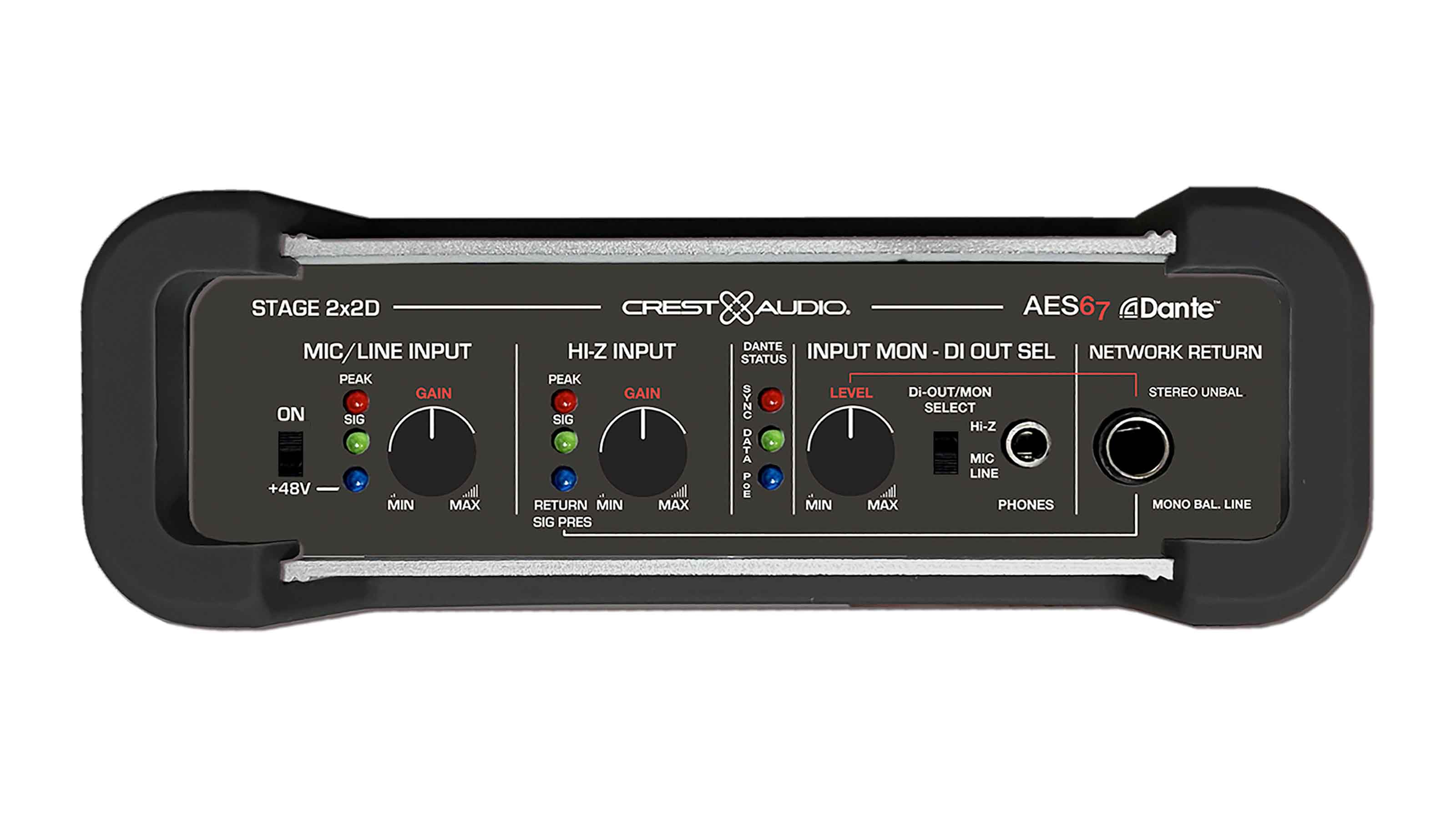Moving Media

As Ethernet Carries More Media, It Offers Designers And Installers More Value-Add Options
There was a time when audio distribution was the stuff of XLR cables, video was on coax, and then those crazy computer guys (later termed “IT”) had Cat-5 cables and ethernet. Now the lines have blurred.
Today’s value-add lies in the quality of the user interface and the breadth of the content, and subsequently products like Crestron’s ADMS don’t just play the content stored on a hard drive, they deliver content from a variety of sources.
As it turns out those IT guys won. Don’t feel bad, they had help from the telecom, computer, and consumer industries which boosted their volume. In an ever-growing number of installs, that ubiquitous eight-pin crimped connector is carrying a mixture of data, audio, and video. And it goes beyond the cabling, and lets face it, it’s much faster (read: “easier and cheaper”) to terminate a Cat-5 connection than coax or XLR cables.
Plus, those products and systems that utilize ethernet as the underlying transport have essentially decentralized the routing fabric of the install. “With the advent of digitized signal distribution systems, the scalability of a system’s input and output fabric is virtually limitless,” observed Ben Bausher, a designer at Jaffe Holden. “It used to be a question of ‘what, where, and how many?’” he continued, “but now that the digitized media can be pervasive throughout a network, the questions become irrelevant. The challenge instead is how to present all of this media to the users in a useful format that is easy to use.”
The question of “the plumbing” (cabling) is moot. The install is optimized for speed and cost both in terms of terminations per hour as well as the expertise of the labor to terminate connections, plus cost per foot of the raw cable.
The value-add now becomes what the client interacts with on a daily basis— the quality of the user interface and the breadth of the content. As Keith Kennedy, product marketing manager at Crestron noted, “[Crestron ADMS] doesn’t just play the content stored on a hard drive, it delivers any content from a variety of sources, including the best online media providers.”
A daily selection of the top stories for AV integrators, resellers and consultants. Sign up below.
This seamless access to the internet and online content is no longer just the stuff of high-end home installs. It is becoming pervasive in commercial installation as well, with internet-based teleconferencing, reviewing of corporate online material (“Let’s check out that latest viral YouTube marketing effort”), and online meeting software such as WebEx. Connectivity and convenience are paramount, and products and systems leveraged off of the universal availability of Cat-5 cabling and ethernet infrastructure are benefiting the most.
The importance of an ethernet backbone in AV has been so significant that instead of attempting to work around the shortcomings of existing ethernet with respect to deterministic, low latency, guaranteed bandwidth audio and video, multi-year efforts within the IEEE (Institute of Electronic and Electrical Engineers) have created Audio Video Bridging (AVB). AVB amends the shortcomings of original (termed “legacy”) ethernet, which was originally designed to deliver bursty data reliably without concern of interaction between traffic sources, or the concept of low-latency content. This standardization of AV over ethernet, combined with the push and support of large silicon manufacturers and consumer manufacturers only paints a brighter picture of the future for distributed media over ethernet.
